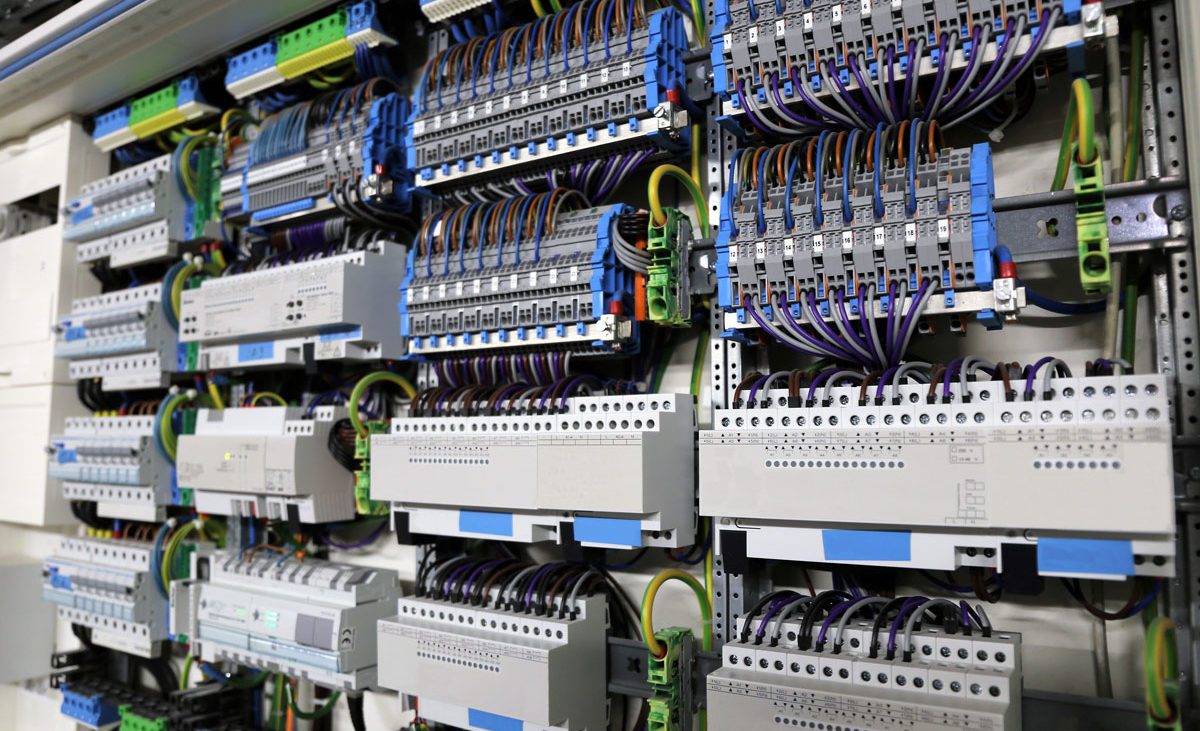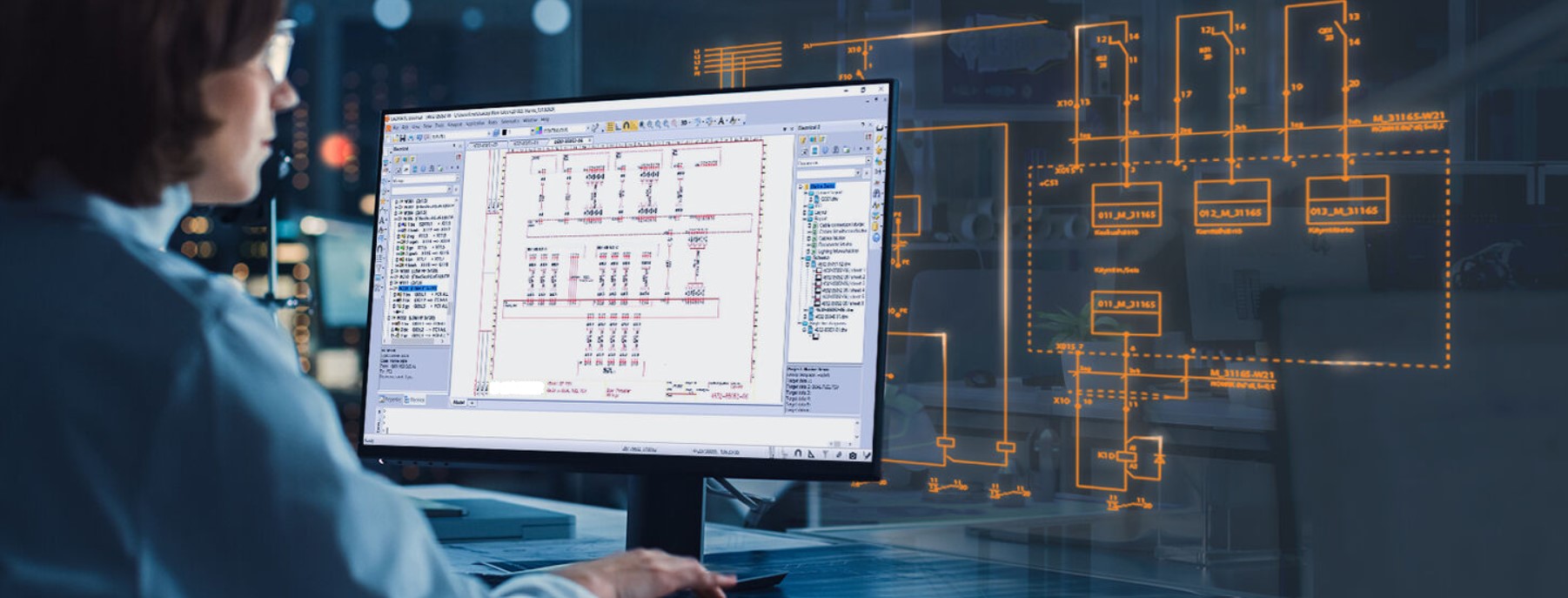Expert Electrical Design Services for Your Projects
Expert Electrical Design Services for Your Projects
Blog Article
Cutting-edge Electrical Design Providers for Modern Facilities
As city settings grow increasingly complex, including technologies such as smart grids and renewable energy sources ends up being critical. These improvements not just guarantee to enhance power consumption however additionally foster resilience versus future needs.
Value of Innovative Electrical Design
Innovative electric design plays a vital function in modern-day framework, affecting not just efficiency however also sustainability. As cities advance and the demand for power boosts, the demand for advanced electrical systems becomes paramount. These systems should not only satisfy present needs but likewise anticipate future growth and technical developments.
A well-executed electric design can considerably reduce power intake, therefore lowering operational costs and decreasing environmental impact. By including renewable energy resources, such as solar panels and wind turbines, innovative designs can enhance energy independence and durability. Wise grid innovations enable for real-time tracking and monitoring of energy circulation, enhancing efficiency and lowering waste.
Security is another essential facet of electric design. Executing advanced innovations and extensive requirements can alleviate dangers connected with electrical failures, guaranteeing a protected atmosphere for residents and businesses alike. Additionally, innovative layouts promote adaptability, enabling facilities to incorporate emerging modern technologies flawlessly.
Secret Patterns in Electric Design
As the landscape of electrical design continues to advance, numerous essential patterns are forming the future of the industry. One considerable fad is the integration of wise innovation into electrical systems. The spreading of the Web of Points (IoT) has allowed real-time surveillance and control of electrical gadgets, boosting efficiency and facilitating anticipating maintenance.
An additional fad is the growing emphasis on modular design. This strategy permits versatile and scalable remedies, making it possible for facilities to adjust to changing needs without comprehensive remodellings. In addition, making use of advanced simulation tools and Structure Details Modeling (BIM) is becoming increasingly widespread, improving the design process and enhancing collaboration among stakeholders.
In addition, developments in products science are bring about the development of lighter, extra durable, and energy-efficient parts. This development is specifically crucial for high-performance structures and framework tasks.
Finally, there is a marked shift in the direction of data-driven decision-making - electrical load calculation. Leveraging data analytics aids designers optimize systems for efficiency and cost-effectiveness. Together, these patterns represent a transformative age in electrical design, enhancing performance, sustainability, and durability in contemporary facilities
Lasting Energy Solutions
Sustainable power solutions are significantly ending up being a critical focus in electric design, showing a wider commitment to ecological obligation and resource performance. These solutions aim to decrease environmental influence while maximizing energy usage in different infrastructures, from household structures to large commercial facilities.
One of the foremost approaches entails the combination of renewable energy resources, such as photovoltaic panels and wind turbines, into electric systems. This not just minimizes dependency on fossil fuels but also boosts power strength. Furthermore, ingenious energy storage systems, such as sophisticated batteries, make it possible for effective monitoring and distribution of energy, making sure that surplus power created throughout peak manufacturing can be utilized throughout high demand durations.
Additionally, energy-efficient design practices are being embraced to improve total system performance. This consists of using energy-efficient illumination, heating and cooling systems, and clever structure innovations that adjust and monitor power usage based on occupancy and ecological problems.
Smart Grid Technologies
The implementation of sustainable power options normally brings about the exploration of clever grid modern technologies, which play a critical function in improving electrical systems. Smart grids utilize progressed communication innovations and data analytics to boost the reliability, performance, and sustainability of power distribution. By incorporating digital technology with standard grid facilities, these systems promote real-time tracking, automated control, and enhanced decision-making capacities.
One of the essential functions of smart grids is their capacity to suit renewable resource sources, such as solar and wind power. This flexibility not just minimizes dependency on nonrenewable fuel sources but likewise permits an extra decentralized energy manufacturing model. Clever grids make it possible for demand feedback programs, where consumers can change their energy use based on real-time pricing, therefore promoting energy conservation and reducing peak load demands.
In addition, smart grid innovations improve grid strength by allowing quicker identification and resolution of failures, eventually lessening downtime. With anticipating upkeep and analytics, energies can maximize procedures and boost solution distribution. As cities and neighborhoods remain to develop, clever grid modern technologies are important for building a efficient and sustainable electrical facilities that fulfills the needs of contemporary society.

Future-Proofing Framework
To make certain long-lasting practicality and adaptability, future-proofing infrastructure is necessary in the quickly progressing landscape of electrical design services. As innovation breakthroughs and power demands change, it is essential that electric systems are created with versatility in mind. This requires integrating scalable solutions that can fit future upgrades without necessitating considerable overhauls.

Additionally, sustainability must be a foundation of future-proofed styles. Using sustainable energy resources, such as solar and wind, and enhancing energy performance lower reliance on fossil fuels, lining up with global initiatives to deal with climate modification.
Conclusion
By focusing on adaptability, effectiveness, and sustainability, these solutions resolve the developing demands of energy systems. The assimilation of clever grid technologies and sustainable energy options improves strength and minimizes operational costs.
A well-executed electrical design can dramatically lower energy consumption, thereby decreasing functional costs and decreasing environmental influence. By integrating sustainable energy sources, such as solar panels and wind turbines, cutting-edge layouts can boost power independence and resilience. Additionally, ingenious power storage systems, such as sophisticated batteries, enable effective administration and circulation of power, ensuring that excess energy produced throughout height production can be utilized throughout high demand periods.
Clever grids make it possible for need response programs, where consumers can adjust their energy use based on real-time rates, therefore promoting power preservation and minimizing peak tons demands. (residential electrical design)
As technology developments and energy demands change, it is vital that electrical systems are made with electrical load calculation versatility in mind.
Report this page